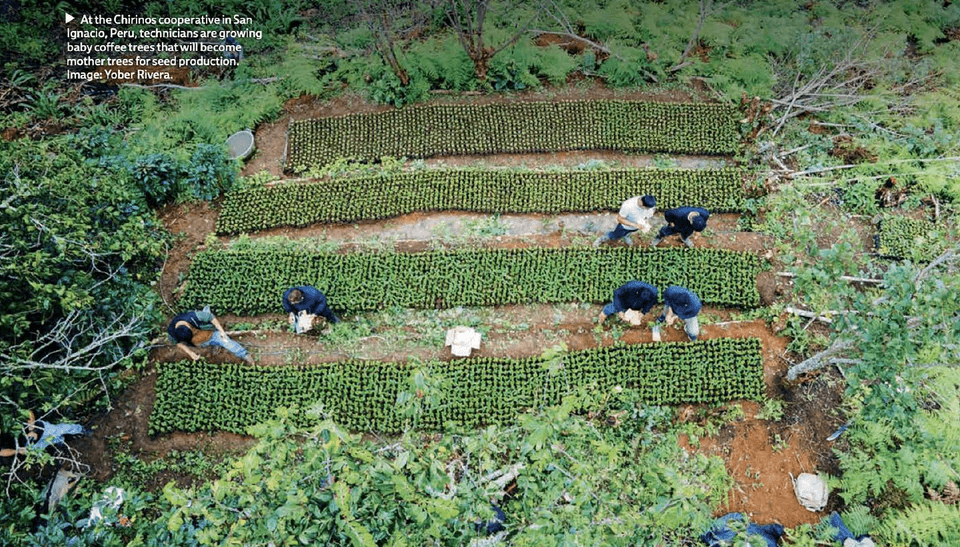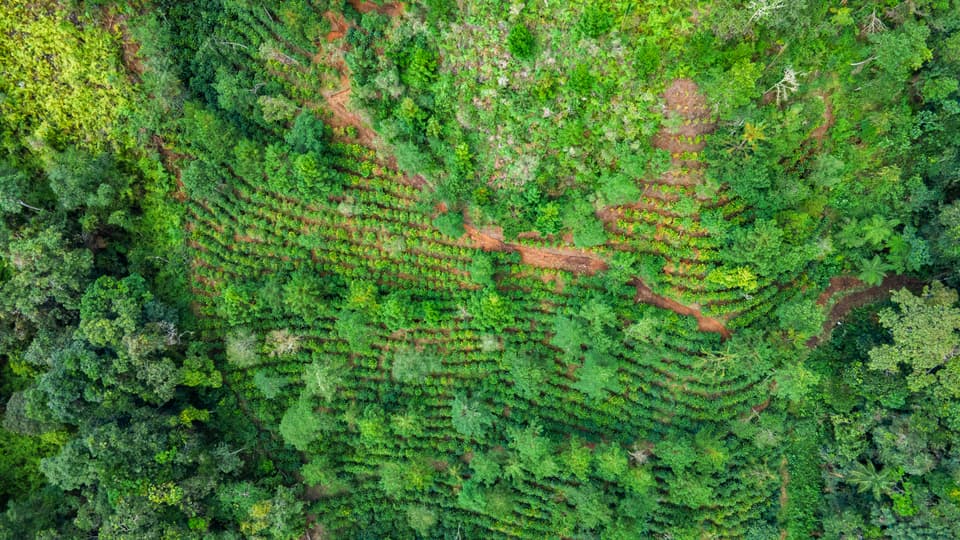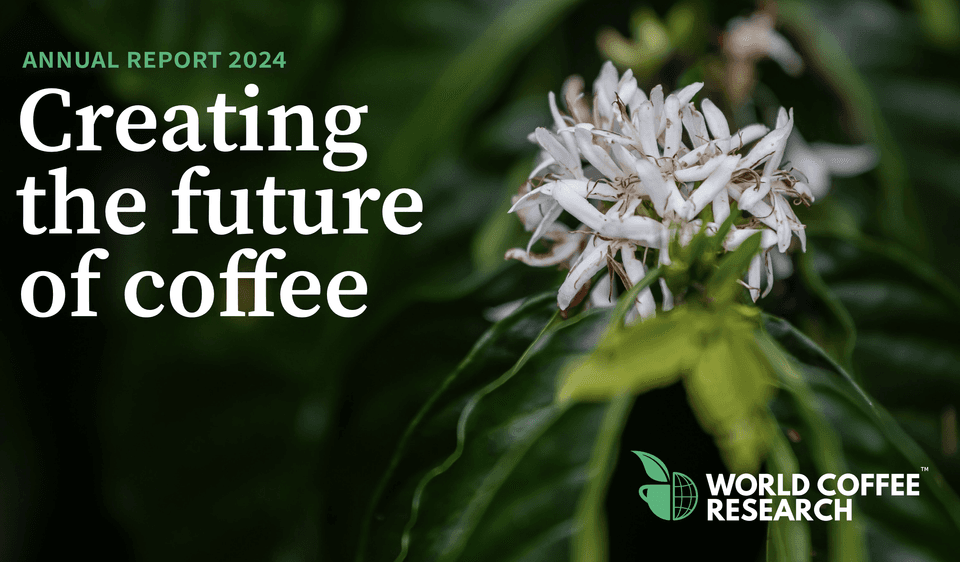The latest news and knowledge from World Coffee Research
News
Media Inquiries
Hanna Neuschwander
hanna@worldcoffeeresearch.org
503-560-7828
Coffee leaf rust knows no borders—neither does coffee science
An unprecedented global scientific collaboration illuminates the genetic and environmental interactions that underpin a devastating disease

Mind the gap
As extreme weather events threaten global coffee supplies, the industry is banding together to fund the next generation of climate-proof coffee varieties amid a colossal funding gap

Innovea breeding trials come to life around the world
Seven countries have successfully installed the first Innovea Global Arabica Breeding Network tree populations in their research fields. This represents a huge step forward for the Innovea collaborative network. These materials are the foundation for participating countries to develop new varieties that are market-tailored to meet future production challenges like climate change and the preservation of origin diversity.


World Coffee Research releases 2024 annual report
Newly released 2024 report provides highlights from the past year, updates on major program areas

Newer
Older